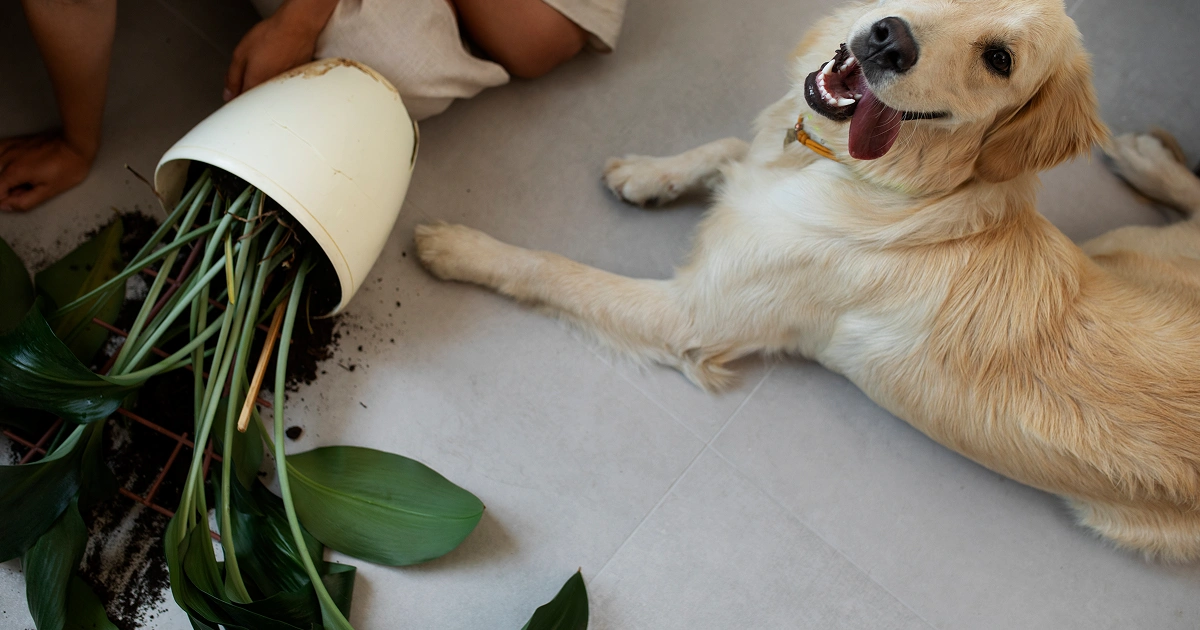
Many people plant a variety of flowers, vines, and shrubs as a way to spruce up their yard or even the inside of their home. Having some greenery can make the area seem more welcoming and aesthetically pleasing. But if your dog spends time outside, then you’ll want to be very cautious about exactly what types of foliage you plant to ensure it’s safe for your pup.
A lot of
these plants share similar effects for dogs (and even cats in many cases)
including:
- Nausea/Vomiting
- Diarrhea
- Excessive drooling
- Oral irritation
Some may also spark poor coordination, heart abnormalities, seizures, convulsions, low blood pressure, or even death.
So, what are
some common plants that you should be aware of?
- Sago Palm
- Tulips
- Daffodils
- Peonies
- Irises
- Lilies
- Hyacinths
- Azaleas
- Mums
- Foxglove
- Oleander
- Lily-of-the-Valley
- Hosta
- Morning Glory
- English Ivy
- Wisteria
- Begonias
- Hydrangeas
- Yew Bushes
- Elephant Ears
These are just a few of the more than 700 plants that have been identified as being toxic to dogs and cats. While it may seem that this puts the kibosh on any planting you’ve intended to do, there are ways to keep your pet safe.
Limit their access. If you have potted plants, keep them out of reach of your pets and make sure that you regularly check for any leaves or flower petals that may have fallen. Outdoors, you can put up fencing or barriers to keep your dog away from areas where toxic plants may grow.
Leash them. Having your dog on a leash when you go outdoors not only enhances their safety, but it allows you to have control over where they go. Make sure that they stay a safe distance away from any poisonous plants or shrubs.
Train them. Dogs are smart animals, and even older animals can still be trained. Pay attention to your dog’s activity and whether it pays any attention to grazing on plants. Some dogs simply aren’t interested and pose less of a risk. Others are habitual chewers and grazers who seem to eat everything. Implement some basic training and commands to teach them to steer clear of your flower beds or potted plants.
Do your research. Know what types of plants you are considering and look up their toxicity to dogs or cats. Avoid the most dangerous ones and think twice before stocking up on your favorites before checking to see if they’re safe. You may have to make some compromises to protect your dog’s health and well-being.
If you think your dog has consumed a poisonous plant, contact your veterinarian or a pet poison control line immediately. They can let you know other warning signs to look for and whether you should take your pet to an emergency care center.
Keep your pets safe while you’re away by boarding them at Lake Wylie Pet Resort. You’ll have peace of mind that they won’t be munching away on any toxic plants, foods, or other items. Plus, they’ll be surrounded by trained caregivers and other pups to keep them safely entertained. Learn more by contacting us today!


